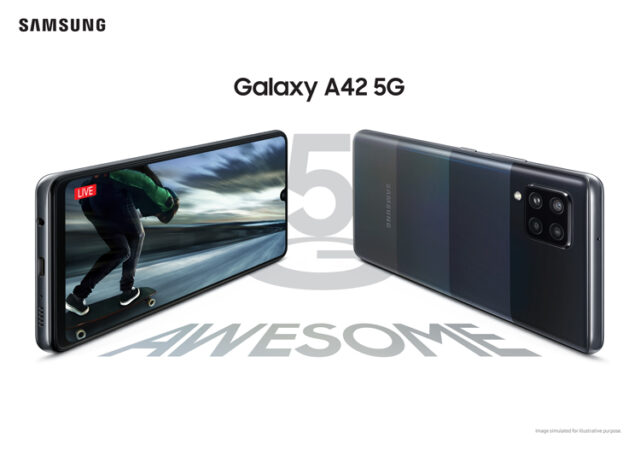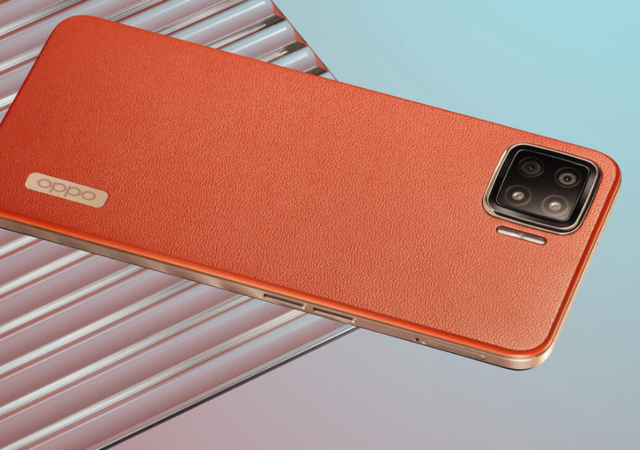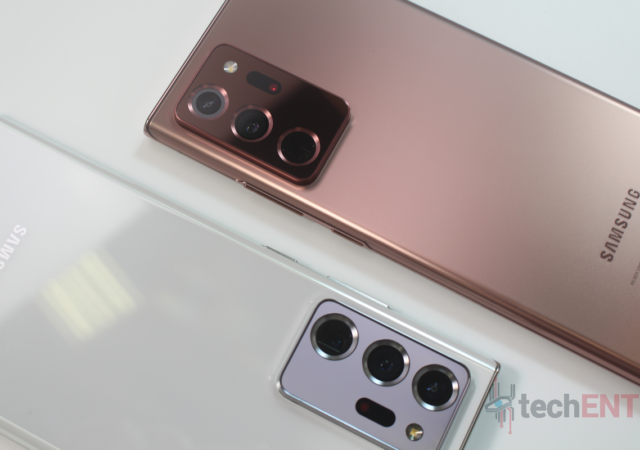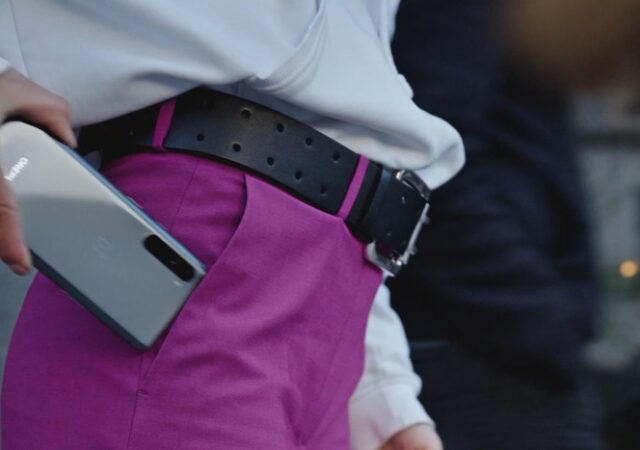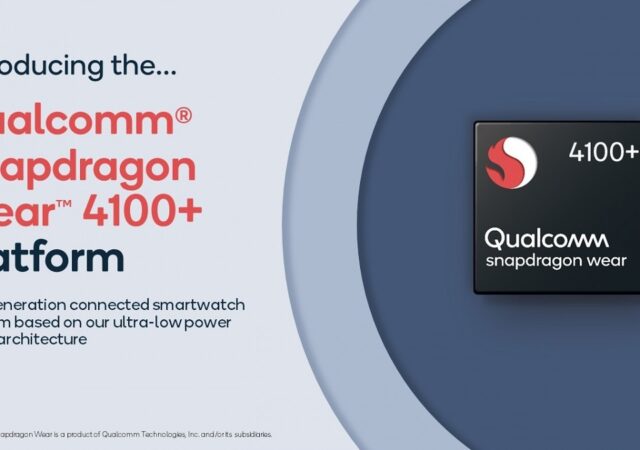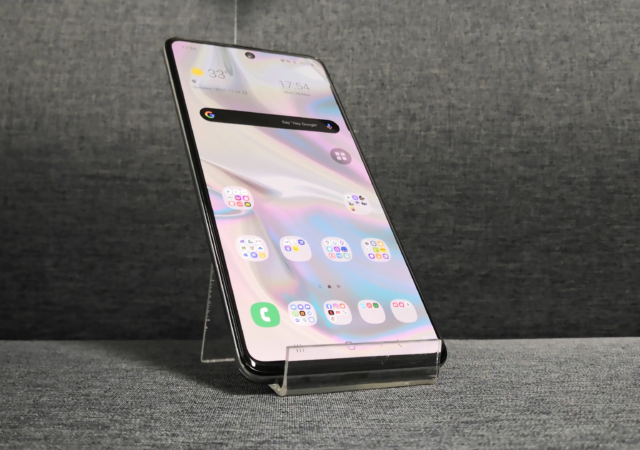Samsung makes 5G more affordable with their latest entry into the Galaxy A series – the Galaxy A42 5G.
OPPO A73 Officially in Malaysia; Goes on Sale on 11.11
OPPO announces the Malaysian availability of the OPPO A73 which goes on sale starting on 11 November, 2020 as part of the 11.11 sale.
Galaxy Note20 Series Refines Samsung’s Experience for the New Normal
Samsung brings its Galaxy Note series into the future with the all new Galaxy Note20 Series. The power packed Note devices take aim at being even more productive on the go.
OnePlus Nord Will Be Coming to Malaysia, India and Europe – Here’s What You Need to Know
OnePlus is set to launch a new mid-range smartphone: the OnePlus Nord. The new power packed smartphone is set to debut on July 21, 2020. Here’s what you need to know.
Qualcomm Snapdragon Wear 4100 Platform Unveiled
Wearables get better with Qualcomm’s new Snapdragon Wear 4100 platform. The new SoC for wearables is 85% faster than before while cutting back energy consumptions.
Samsung Galaxy A71 In-Depth Review The Affordable Jack of All Trades?
The Samsung Galaxy A(w-Suh-m) series is full of awesome goodies from the front of the Super AMOLED screen all the way to the camera array on the back. The A series has always been about variety; ranging from the Samsung…
(Updated) Samsung Galaxy Z Flip Makes It’s Malaysian Debut, Pre-orders available now!
Update: The Samsung Galaxy Z Flip’s pre-order is officially open to everyone. You don’t need to have a code anymore. You can now pre-order the Galaxy Z Flip at their official website. The new foldable will be on pre-order until…
Xiaomi Redmi Note 9 Pro Series Announced in India!
It was only a few months ago in September that Xiaomi launched the Redmi Note 8 Pro. Now the all-new replacement has already been announced. New year, new phone am I right? So how much did it improved in just…
Realme X50 Pro 5G Announced In India!
Realme first phone to come with Qualcomm’s Snapdragon 865 processor has been officially launched in India!
Xiaomi Mi 10 Series Breaking The Norms Of High End Phones
Xiaomi Mi 10 Series is selling out. The Xiaomi Mi 10 series packs the latest Qualcomm Snapdragon 865 processor.



